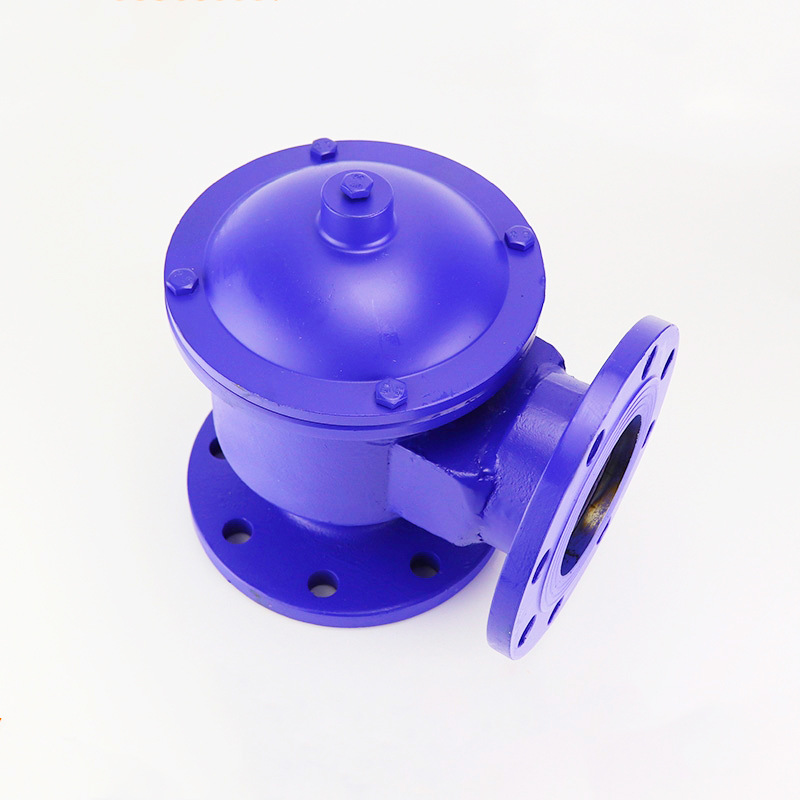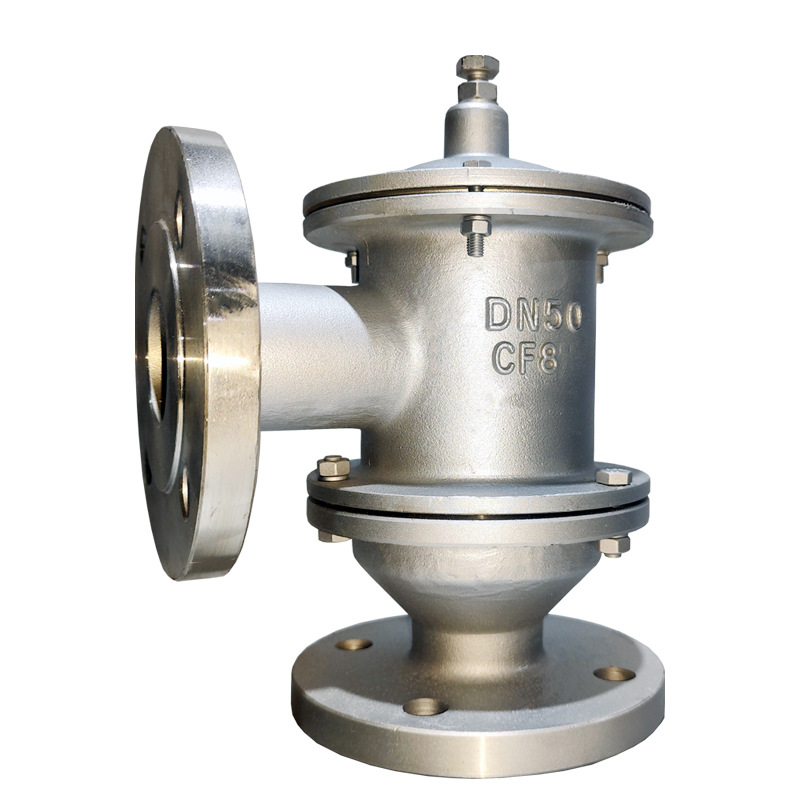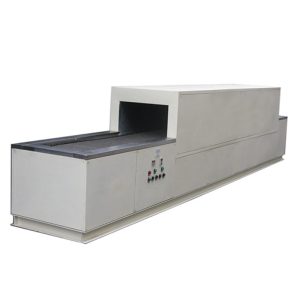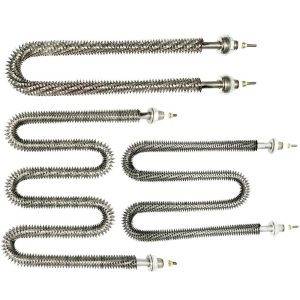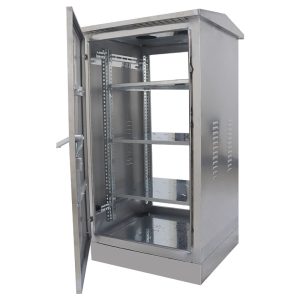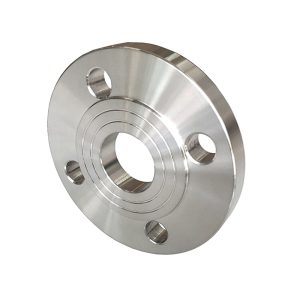Order now to safeguard your vessels and equipment with reliable pressure relief!
Key Features
-
Precise Pressure Control
Sensitive spring and diaphragm design deliver high setpoint accuracy (±1%), ensuring consistent operation at the designated opening pressure. -
Bidirectional Venting
Provides both pressure release and vacuum relief—automatically venting when internal pressure rises and admitting air when pressure drops. -
Corrosion & Aging Resistance
Valve body and internal components are available in 304/316L stainless steel, aluminum alloy, or engineered plastics. Seals are offered in NBR, EPDM, or FKM to suit various media. -
Compact, Maintenance‑Friendly Design
Top‑ or side‑opening configurations with lightweight construction. Sealing elements can be replaced quickly without removing the valve from the pipeline, reducing downtime and maintenance cost. -
Wide Range of Options
Sizes from ½″ to 4″ (DN15–DN100), with opening pressures adjustable between ±5 mbar to ±500 mbar to meet diverse vessel ventilation needs.
Technical Specifications
| Parameter | Range / Options |
|---|---|
| Nominal Size | ½″ (DN15), 1″ (DN25), 2″ (DN50), 4″ (DN100) |
| Opening Pressure | 5 mbar – 500 mbar (±1% accuracy, customizable) |
| Closing Pressure | Closes at approx. 20% below opening setpoint |
| Max. Differential | ±1000 mbar |
| Body Material | 304/316L Stainless Steel, Aluminum Alloy, PP, PVDF |
| Seal Material | NBR, EPDM, FKM (select per media) |
| Operating Temperature | –40 °C to +120 °C (up to +200 °C custom) |
| Connection Type | Threaded (NPT/G) or Flanged (ANSI/DIN) |
| Protection Rating | IP65 |
Typical Applications
-
Petrochemical storage tanks (ethylene, propylene)
-
Engine oil sumps and hydraulic reservoirs
-
Compressed air receivers and pneumatic systems
-
Pharmaceutical and food‑grade vessels
-
Environmental equipment (fume recovery, wastewater treatment)
Installation & Maintenance
-
Installation
-
Confirm valve size and set pressure meet vessel requirements;
-
Install horizontally or vertically at the top or high‑point of the tank;
-
Tighten threads or flange bolts, ensuring the valve sits level or slightly outward‑tilted.
-
-
Maintenance
-
Periodically inspect diaphragm, spring, and seating surface; remove any debris;
-
Replace seals or diaphragm assemblies per the manual if leakage occurs;
-
In corrosive environments, shorten inspection intervals and select more resistant materials.
-
